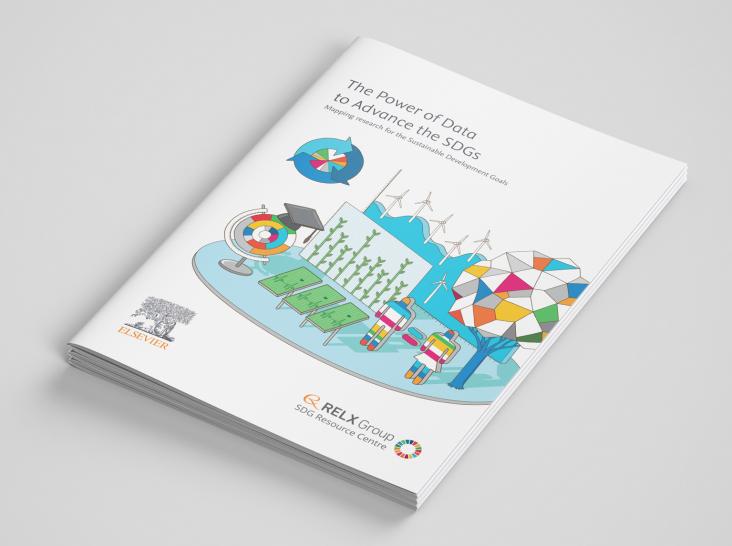This Article supports SDG 3 by showing that mobile health clinics can be a feasible and effective way of providing hepatitis C services to underserved, at-risk populations who face barriers to care. Policymakers should consider implementing such programmes in order to increase diagnosis and treatment rates and improve outcomes among these populations.
This study supports SDG 3 by providing data on the prevalence and characteristics of occult hepatitis B virus infection.
This study supports SDG 3 by developing predictive tools for treatment outcomes in chronic hepatitis B patients.
This article supports SDG 3 by providing global prevalence data on occult HBV infection in younger populations.

Access to information is critical in achieving the SDGs - empowering the public to make decisions, informing policy making and enabling effective implementation and monitoring. RELX businesses regularly produce and publish free to download reports and analytics that draw upon vast amounts of information and data in support of the SDGs. Explore some of the reports and tools developed to date.
This study supports SDG 3 by investigating the relationship between NAFLD and liver fibrosis in chronic hepatitis B patients.
This study finds that high levels of air pollution in India, including in rural regions, are significantly associated with respiratory illness in young children, a significant source of childhood morbidity and mortality.
Food insecurity among Indigenous peoples in Canada is a significant public health issue, impacting all four pillars of food security: availability, access, utilization, and stability. A literature review identified 91 studies indicating that economic disadvantages, high food prices, lack of transportation, and climate change are major contributors to food insecurity. Traditional food systems are disrupted by loss of knowledge, poor food quality, and food safety concerns. Addressing these issues requires culturally specific integrated approaches to improve food availability, cost, knowledge, and quality.
This article links to the United Nations Sustainable Development Goals (SDGs) by addressing Goal 12 (Responsible Consumption and Production), highlighting the urgent need for effective management and reduction of tobacco product waste, which poses significant environmental hazards. By advocating for policies that classify tobacco waste as hazardous and emphasizing the importance of extended producer responsibility, the article underscores the necessity of holding tobacco companies accountable for their environmental impact, thereby contributing to sustainable practices and protecting marine and terrestrial ecosystems.
This article ties into SDG 3, 10, and 13 by compiling in a Systematic Review the effects of extreme weather events on access to HIV services
